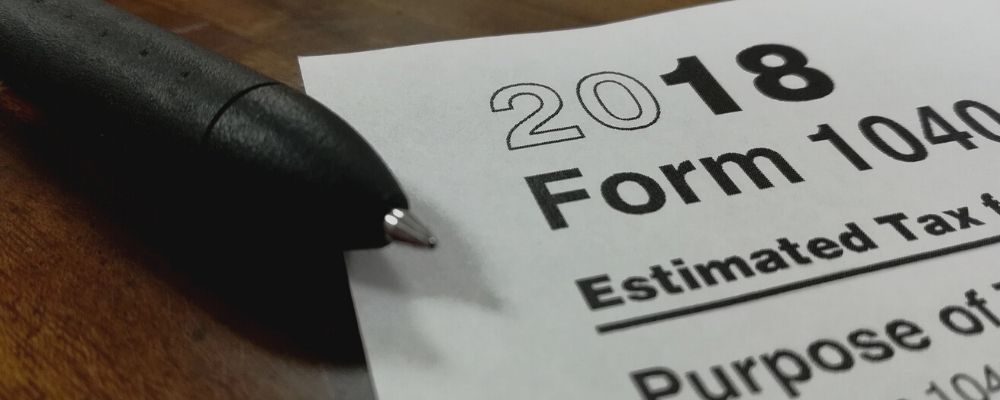How do you ‘read’ an US individual tax return for Australian tax purposes?
US Individual Tax Return (Form 1040)
Your US clients will probably give you their US individual Tax Return – also referred to as Form 1040 – which you then build into their Australian tax return. But how do you ‘translate’ this form into an Australian tax return?
This is the question we asked Seth Hertz of Expat US Tax in Sydney. Here is what we learned but please listen in as Seth explains all this much better than we ever could.
To listen while you drive, walk or work, just access the episode through a free podcast app on your mobile phone.
Schedules
When you prepare a US individual tax return, you often deal with a large number of schedules which can be confusing. So just remember that Form 1040 is the final answer. Everything feeds into the 1040.
All schedules feed into Form 1040 in some shape or form. Sometimes schedules A, B and C will feed into schedules 1, 2 and 3. Sometimes A, B and C feed directly into the 1040. It is not always 100% one way or the other. But the 1040 is the final destination for everything. You will always find the final summary in Form 1040.
Thanks to all these schedules the US individual tax return can be huge. Returns with well over 100 pages are common.
Exempt Interest
US bonds are often issued to finance federal or state infrastructure projects. The interest on these is often tax-free, hence a popular way to offset your tax liability. Interest deemed exempt in the US is usually assessable income in Australia
Qualified Dividends
Qualified dividends also come tax-free. Organisations who benefit the common good might qualify to distribute qualified dividends. Qualified dividends are assessable income in Australia
Capital Gains and Losses
In the US you can offset US$3,000 of capital losses against ordinary income, the rest against capital gains. The Australian tax return will not recognise the offset against ordinary income.
Foreign Tax Credit
American residents living in Australia usually amass a high amount of foreign tax credits over the years in their US tax returns, since the tax rates in Australia are so much higher. However, these foreign tax credits can only be offset against foreign income. So you can only use them if you move into a low or zero tax country after living in Australia. The foreign tax credits expire after 10 years.
_______
This is a short overview of what we learned in this interview with Seth Hertz of Expat US Tax. But please listen in as Seth explains all this much better and in a lot more detail.
MORE
US v Australian Tax for Individuals
Disclaimer: Tax Talks does not provide financial or tax advice. All information on Tax Talks is of a general nature only and might no longer be up to date or correct. You should seek professional accredited tax and financial advice when considering whether the information is suitable to your or your client’s circumstances.
